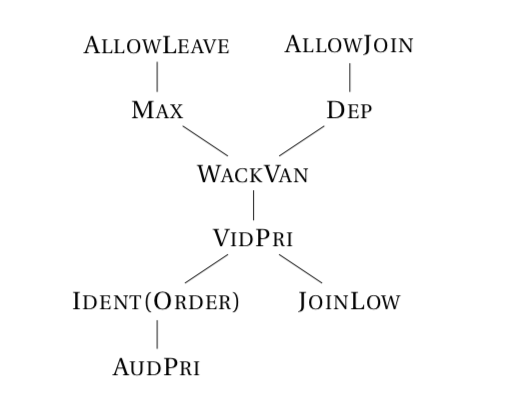In addition to the successful dissertation defenses of Margaret, Steven, and Jed, we have other milestones to share from this quarter:
Andrew Angeles defended his qualifying exam, entitled “Recursivity and prosodic adjunction in the compound prosody of Kyoto Japanese,” and will advance to candidacy. His committee consisted of Ryan Bennett (chair), Junko Ito, Jaye Padgett, and external member Haruo Kubozono (NINJAL). Congratulations, Andrew!
Ben Eischens defended his second qualifying paper, entitled “Root shortening in Mixtec: Phonetics in phonology.” His committee consisted of Ryan Bennett (chair), Junko Ito, and Grant McGuire. Congratulations, Ben!
Morwenna Hoeks defended her first qualifying paper, entitled “Decomposing the focus effect: Evidence from reading.” Her committee consisted of Amanda Rysling (co-chair), Maziar Toosarvandani (co-chair), and Adrian Brasoveanu. Congratulations, Morwenna!
Stephanie Rich defended her first qualifying paper, entitled “Semantic similarity and temporal contiguity in subject-verb dependency processing.” Her committee consisted of Matt Wagers (chair), Adrian Brasoveanu, and Ivy Sichel. Congratulations, Stephanie!
Nick Van Handel defended his qualifying exam, entitled “Studying implicit prosody with delexicalized melodies: Evidence from a Match / Mismatch task,” and will advance to candidacy. His committee consisted of Matt Wagers (chair), Amanda Rysling, Ryan Bennett, and external member Mara Breen (Psychology, Mt. Holyoke). Congratulations, Nick!


